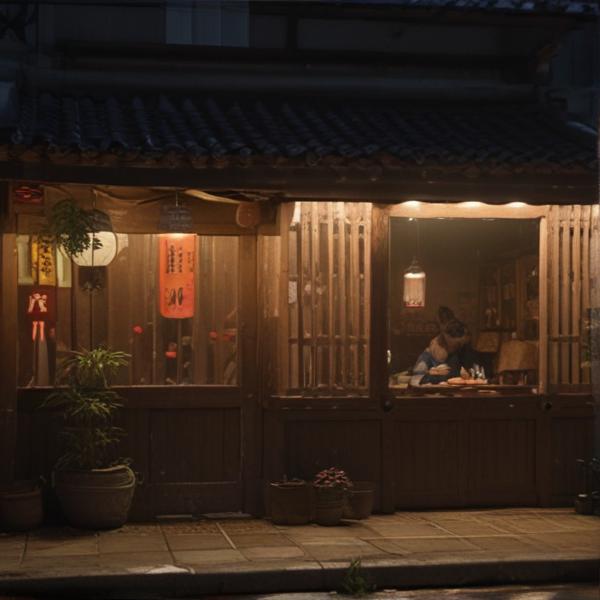基本信息 (Basic Information)
含义与用法 (Meanings & Usage)
中文核心释义 (Core Chinese Meaning): 用竹条、铁条等围成圆形或套住器物口沿,以加固或限制的东西,也指这种动作。
英文核心释义 (Core English Meaning): hoop, band (to encircle an object for reinforcement or restriction), to bind with a hoop or band
象形意义 / 为何这么写 (Pictographic Meaning / Writing Rationale)
文言文释义 (Classical Chinese Meaning)
与现代意义相近,主要指用于加固、圈紧器物口沿的竹环、铁环等。Similar to modern meaning—mainly referring to bamboo, iron or other hoops used to reinforce or bind the mouths of vessels.
深入学习 (In-depth Study)
字源故事 (Origin Story)
字形演变 (Character Evolution)
常用词语和例句 (Common Words & Examples)
铁箍 (iron hoop, iron band)
工匠用铁箍加固了木桶。
Eng: The craftsman reinforced the wooden barrel with an iron hoop.
箍桶 (to hoop a barrel, to fit hoops to a barrel)
师傅正在院子里箍桶。
Eng: The master is hooping a barrel in the yard.
相关成语 (Related Idioms)
相关成语信息待补充。Related idiom information pending.
多语言翻译 (核心释义) (Translations (Core Meaning))
- French: cerceau, cercle de renforcement
- German: Reifen, Band (zum Festigen)
- Spanish: aro, abrazadera (para reforzar)
- Italian: cerchio, fascia di rinforzo
- Portuguese: aro, faixa de reforço
- Russian: обод, обруч (для укрепления)
- Arabic: طوق للتثبيت أو التقوية
- Persian: حلقه یا کمربند فلزی/چوبی برای تقویت
- Dutch: hoepel, versterkingsring
- Polish: obręcz, opaska wzmacniająca
- Vietnamese: vòng đai, vòng sắt gia cố
- Ukrainian: обруч, підсилювальне кільце
视频学习资源 (Video Learning Resources)
通过以下链接在热门视频网站搜索 "箍" 的更多讲解:
Search for more explanations of "箍" on popular video sites:
- 在 Bilibili.com 搜索 "箍 字源 说文解字" (Search on Bilibili)
- 在 YouTube.com 搜索 "箍 character origin etymology" (Search on YouTube)
网络参考 (Web References for "箍") ()
网络内容摘要 (Web Content Summary):
```html核心含义:“箍”主要指用竹篾、绳子、金属等材料围住并紧束器物的圈,也可作动词,表示“紧紧箍住、捆绑”。常见于“箍桶”、“箍圈”等词语。 Core Meaning: "箍" (gū) primarily refers to the hoop or band (usually made of bamboo strips, rope, or metal) used to bind things together. As a verb, it means "to bind tightly or encircle." It commonly appears in words like "箍桶" (to hoop a barrel) and "箍圈" (hoop/band).
象形和文化背景:该字由“⺮”(竹)和“姑”组成,“⺮”表示与竹相关,暗示古代常用竹篾制作箍。历史上,箍桶、箍盆(用箍加固木桶、木盆)是生活常见工艺。地方地名如“大箍围、小箍围”,反映其围护、环绕的引申义。 Pictographic & Cultural Background: The character is composed of the bamboo radical “⺮”, indicating relation to bamboo—reflecting its traditional use in making hoops for barrels or basins. The concept also extends to place names (like "大箍围", literally "Big Hoop Enclosure"), showing its broader meaning of encircling or enclosing.
- 常用词汇示例:箍桶 (hoop a barrel), 铁箍 (iron hoop), 金箍 (golden hoop), 草箍 (straw hoop), 紧箍咒(著名成语,孙悟空头上的紧箍)。 Common compound words: 箍桶 (to bind barrels), 铁箍 (iron hoop), 金箍 (golden hoop), 草箍 (straw hoop), 紧箍咒 ("tight hoop spell" – a famous idiom from Journey to the West referring to the magic headband worn by the Monkey King).
- 易混点:“箍”通常与其他字如“圈”、"扎"易混,但“箍”特指用环状物紧束之意,多与竹、金属等材料相关。 Common confusion: "箍" is often confused with similar words like "圈" (circle/ring) or "扎" (to tie), but "箍" specifically refers to the action or object of tightly binding with a hoop, especially using bamboo or metal.
补充说明:目前提取信息基本覆盖“箍”的基础含义和用法,缺少更详细的字源和演变资料,成语及历史典故较为有限。 Additional Note: The information extracted covers the basic meaning and common usage of "箍", but more detailed etymology or historical anecdotes are limited.
```汉字"箍"的起源、演变过程-汉字字源辞典
箍盆 箍桶• 箍筋 箍圈 箍拢 箍围 箍扎 • 箍头 箍嘴 / 紧箍咒 箍 ,以篾束物,出《异字苑》。——《广韵 • 模韵》 皂角树刺多难採,篾 箍 其树,一夜自落。——《格物粗谈 • 树木》 ②名词:篾圈等紧束器物的紧束圈。 箍子 / 草箍 篾箍 绳箍 金箍 铁箍 铜箍 ...
箍(汉语汉字)_百度百科
《广韵 》古胡切《 集韵 》攻乎切,𠀤音孤。以篾束物也。《语录》宋大慈寺箍桶者精《易》, 程颢 兄弟就质所疑,酬应如响。 问 其姓 ,不答。 《 广东新语 》下番禺诸村,皆在海岛之中,大村曰大箍围,小村曰小箍围,言四环皆江水也。 [1]
更多图片 (箍 More Images) ()
